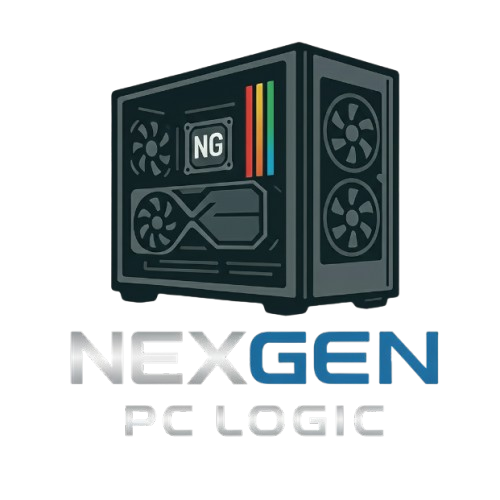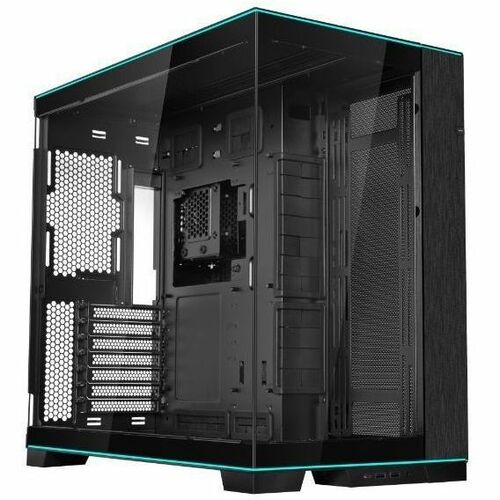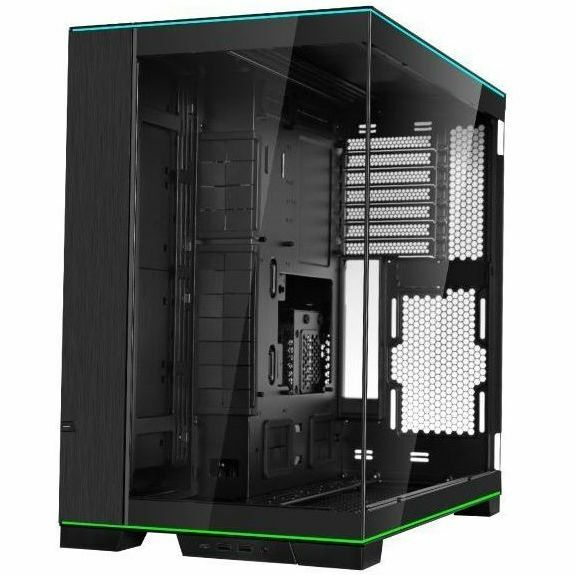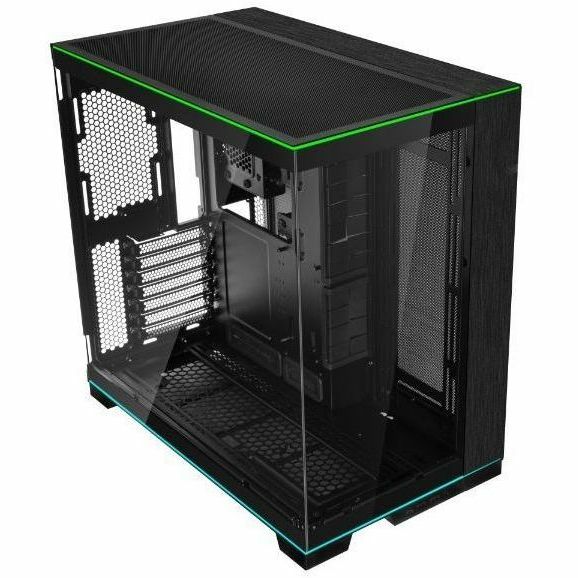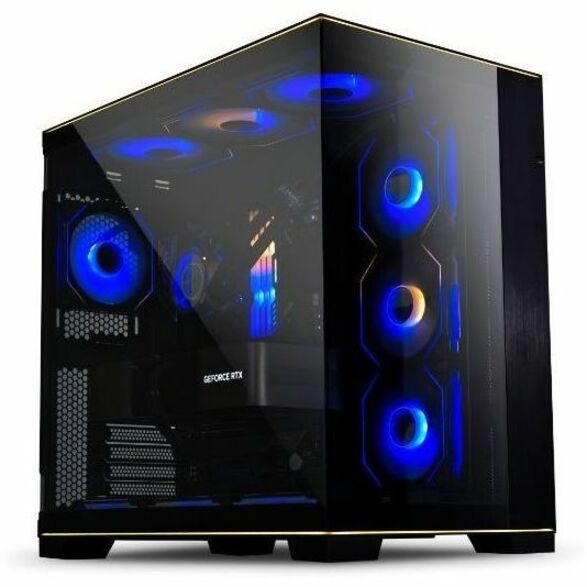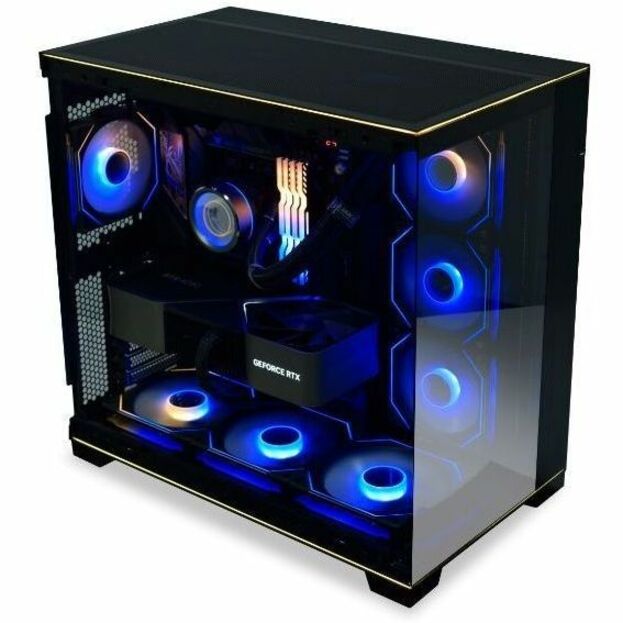Lian Li O11 DYNAMIC EVO RGB O11DERGBX Gaming Computer Case
Lian Li O11 DYNAMIC EVO RGB O11DERGBX Gaming Computer Case
Couldn't load pickup availability
The PC Showstopper: Lian Li O11 DYNAMIC EVO RGB
The Lian Li O11 Dynamic EVO RGB isn't just a case; it's a stage for your dream PC. With its panoramic tempered glass panels, it gives you a flawless, unobstructed view of all your components, making your build the star of the show. Its innovative design is incredibly flexible, allowing you to get creative with your cooling and hardware layouts. Plus, with integrated RGB light strips on the top and bottom, this case is ready to shine and become the centerpiece of your gaming setup.
⭐ Highlights
⭐ Highlights
Seamless Dual-Tempered Glass View | Reversible Chassis Orientation | 420mm Radiator Support (Top) | Dual L-Shaped ARGB Light Strips | Modular I/O and Anti-Sag GPU Bracket
⚙️ Specifications
⚙️ Specifications
Case Form Factor: Mid-Tower
Motherboard Compatibility: ATX, Micro-ATX, Mini-ITX, E-ATX (under 280mm wide)
Case Dimensions: 471 x 290 x 478 mm (H x W x D)
Max GPU Length: 455.7 mm
Max CPU Cooler Height: 167 mm
Radiator Support: Top: 420mm / 360mm, Side: 360mm / 280mm, Bottom: 360mm / 280mm
Drive Bays: 4 x 3.5" HDD, 2 x 2.5" SSD
Fan Support: Top: 3 x 120mm or 3 x 140mm, Side: 3 x 120mm or 3 x 140mm, Bottom: 3 x 120mm or 3 x 140mm, Rear: 1 x 120mm
Front Panel I/O: 2 x USB 3.0, 1 x USB-C, 1 x Headphone/Mic combo jack
Case Material: Steel, Aluminum, Tempered Glass
Side Panel Type: Tempered Glass (front and side)
Included Fans: None
Share
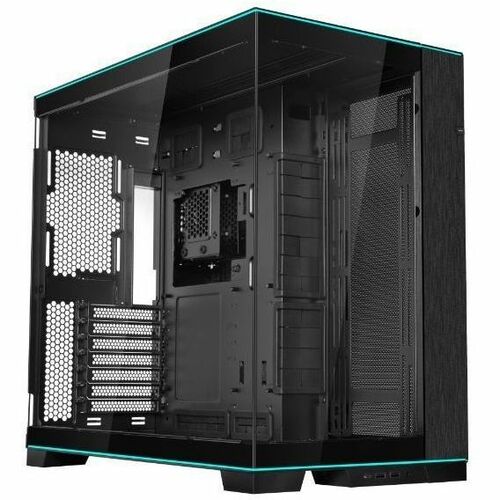
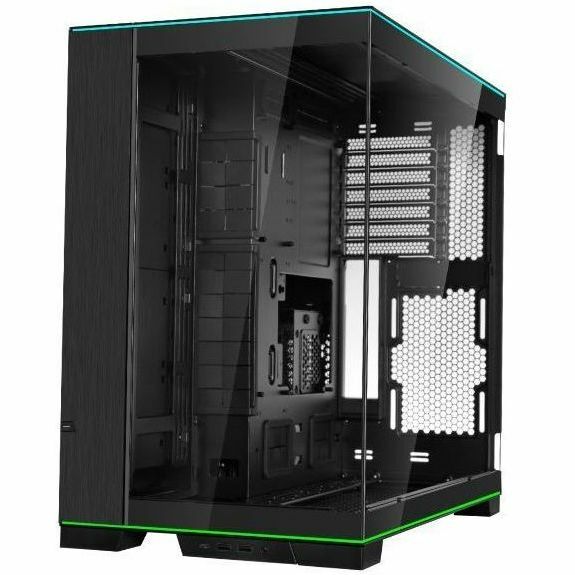
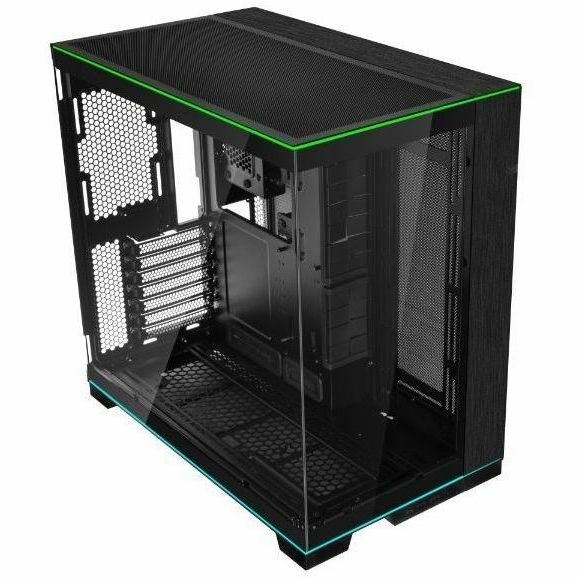
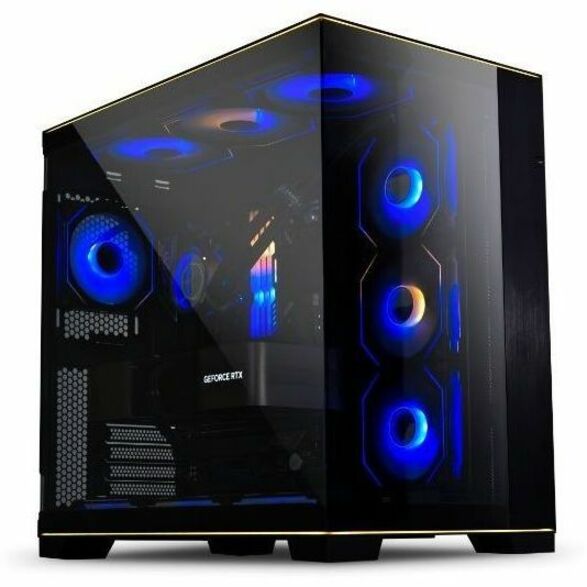
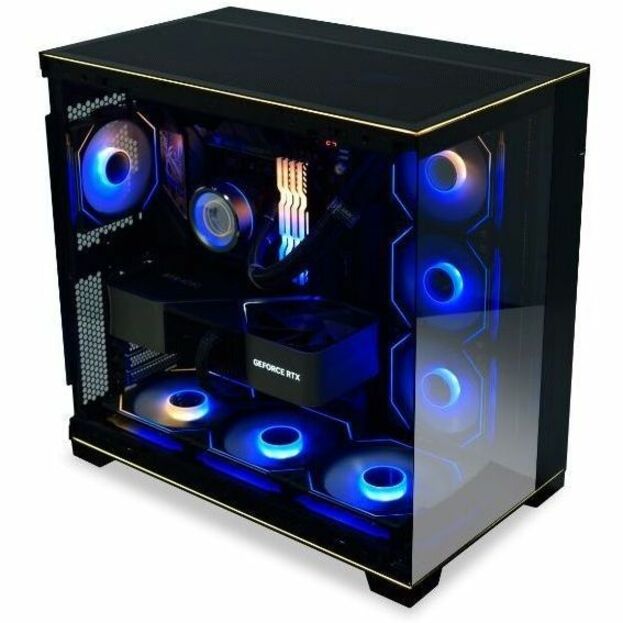
The POST-Check Protocol
-
Component Clearance
Action: Double-check the case's specifications for maximum GPU length, CPU cooler height, and radiator support before purchasing any part. Why: These are fixed limitations; if your CPU cooler is too tall or your GPU is too long, the side panel won't close or the components will physically block installation.
-
Standoff Alignment
Action: Verify the case has motherboard standoffs installed only in the locations that correspond to the holes on your specific motherboard (ATX, Micro-ATX, etc.). Why: Incorrectly placed standoffs can touch the back of the motherboard and cause a disastrous electrical short when the system is powered on.
-
I/O Panel Installation
Action: If the case uses a removable I/O shield (not pre-installed on the motherboard), snap it into the casebefore mounting the motherboard. Why: This is a common beginner mistake that forces you to remove the entire motherboard just to fit a small metal plate.
-
Airflow Pathway
Action: Follow the simple rule: Intake fans at the front/bottom draw cool air in, and Exhaust fans at the rear/top push hot air out. Why: A balanced, directed airflow path is the single most important factor for overall system temperature and long-term component health.
-
PSU Fan Direction
Action: When mounting the Power Supply Unit (PSU) at the bottom of the case, ensure its fan is facing downward toward the case's dust filter and external vent. Why: This configuration allows the PSU to pull cool, filtered air directly from outside the case, keeping its own temperature low and promoting overall case airflow.
-
Front Panel Headers
Action: Use the motherboard manual to correctly connect the tiny Front Panel Header cables (Power Button, Reset, USB, Audio) to the correct pins on the motherboard. Why: These small cables are essential for powering the system on and are often confusingly labeled, but the manual is the only sure guide for proper function.
